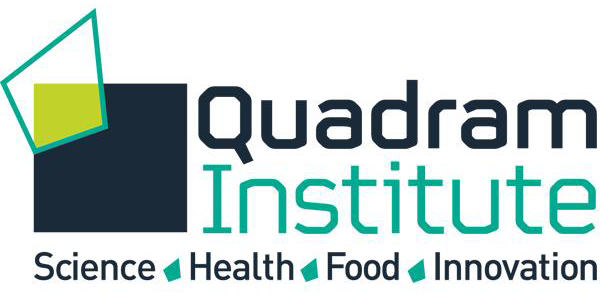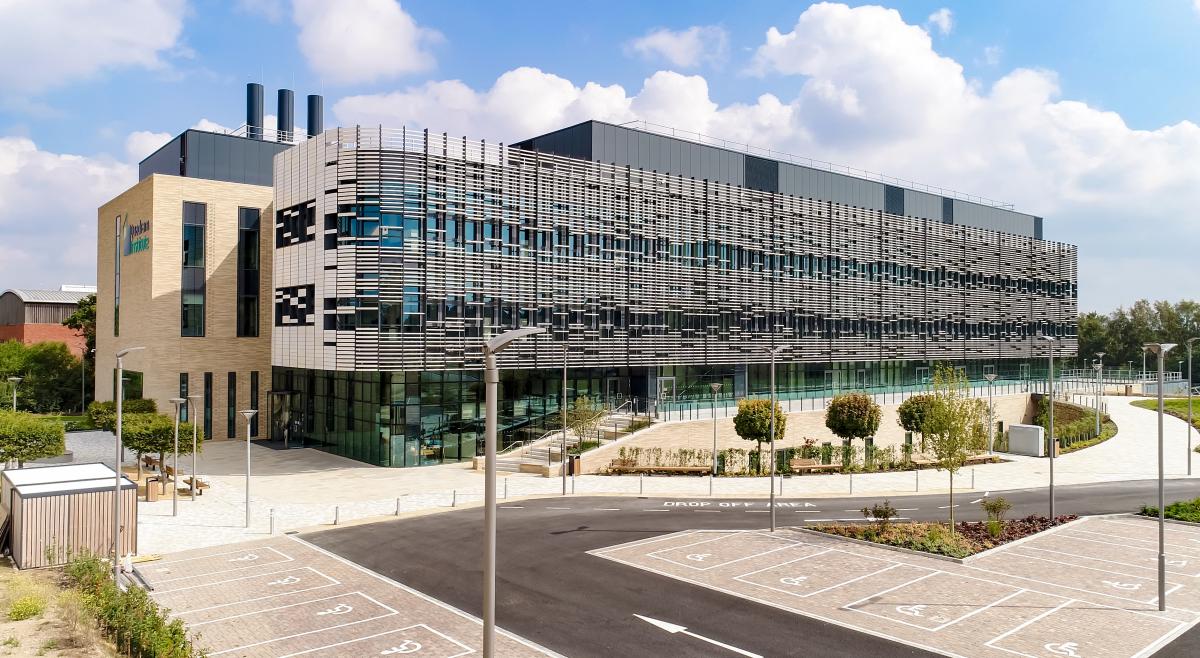Products
Applications
Learning
The Quadram Institute has worked with high-resolution, high-field NMR (Nuclear Magnetic Resonance) for a number of years, but in 2012, we really started to develop an interest in benchtop technology. Working with the UK's Technology Strategy Board, we began to collaborate with Oxford Instruments – a collaboration that is still active today.
Our primary goal with vegetable oils was to ascertain whether or not benchtop NMR could provide the type of information required for labelling. There are standardized reference methods that allow this – for example, GC-FID (Gas Chromatography - Flame Ionization Detector) - but we were looking to develop a much quicker method with low consumable costs while requiring no sample preparation.
We take neat oils directly from the bottle before placing these in the NMR tubes for analysis. This means that our test, from beginning to end, only takes five minutes per sample.



We employ benchtop NMR to examine various parts of the molecules of vegetable oils. Analysing NMR signals from the molecules’ bisallylic and olefinic regions provides us with important information about the degree of unsaturation of the oils.
We can also use signals from the glyceride region to assist us in quantifying the measurements because these signals are usually constant between samples. Once we have obtained the fatty acid profile of an oil, we can begin to use it for a wide range of applications.
In order to develop a screening method, we required a supply of argan oils that had guaranteed provenance. We acquired these oils from our contacts at the Food and Agriculture Organization of the United Nations, an organization that has a special interest in cost-effective screening methods for the authentication of agricultural food products. The whole sample collection is made up of hundreds of authentic argan oils, as well as a series of probable adulterants.
We acquired and processed proton NMR spectra from all the oils. Because argan oil is a natural product, we anticipated a fairly high degree of variation between the spectra, but our results were wholly consistent with the values for different fatty acid proportions provided in the literature.

Following the exclusion of a handful of samples that had oxidized during storage, we considered the remaining data statistically, placing a confidence region around the group. This was where we would have expected to find 95 % of authentic argan oils.
The confidence region provides us with a simple means of detecting mixtures with other oils, down to concentrations of about 20 %. This is a helpful percentage for a rapid screening tool.
Should the fatty acid profile of a contaminating oil be too similar to that of argan oil, however, then this approach would not offer adequate sensitivity.
We would instead need to employ information from across the full spectrum, not just from a few peak integrals. In order to approach this, we have used single-class modelling, also known as anomaly or outlier detection. Once again, we defined a boundary to either accept or reject items from the class, but in this instance, the full spectrum is used, and the boundary is more complex, mathematically.
The coffee supply chain is very long. Coffee only grows in tropical countries, but it is processed and consumed worldwide. Because of this, highly valued Arabica coffee is susceptible to fraud because once the beans have been roasted and ground, it is practically impossible to detect differences solely by visual inspection. A form of analytical test is necessary, so we wanted to find out if benchtop NMR could address this problem.
A proton NMR spectrum of the lipophilic phase taken from a ground roast coffee includes a range of signals, from primary metabolites, breakdown products, and minor compounds from the roasting process. At 60 MHz, a large number of these peaks overlap, and so it is only possible to pick out the more major compounds.
Conversely, caffeine gives us some clear, easy to recognize signals. And critically, a small isolated peak can also be seen from a compound called 16-O-methylcafestol, or 16-OMC, which is noteworthy because it seems to be present in extracts from Robusta yet not Arabica coffees.
This could potentially offer a pathway to a rapid, easy, and cost-effective authenticity test.


This work began a couple of years ago. We had been asked to develop a benchtop NMR test capable of rapidly identifying novel psychoactive drugs, also known as designer drugs or legal highs.
Since then we have expanded this work to examine small-molecule pharmaceuticals, alongside investigating controlled substances more widely. This work has been undertaken in collaboration with Manchester Metropolitan University, an organization which holds one of a handful of UK licenses for the synthesis and storage of these substances.
My work within this particular project has been focused on automated data analysis. The challenges with this area, especially with seized drug samples, have included factors such as degradation of samples from uncontrolled storage, unknown concentrations of active ingredients, and samples that have been mixed with other substances. Thankfully, we now have a working routine that is able to identify a completely unknown sample, for example, a single compound, or even a mixture with excipients or other active substances. This routine is achieving very high accuracy.
The approach uses pattern matching against a database of reference compounds, working based on the identification of several nearest neighbours with some extra manipulations that help it work with mixtures. A patent application for this method is currently in progress.
We begin with a spectrum of the unknown sample, pre-processing it to extract only the regions of interest that we want to look at. So, for example, we could exclude peaks from the solvent.
The next step in the process is a comparison of the sample spectrum using a database of known compounds. This database includes controlled substances, pharmaceuticals, and a series of excipients - several hundred reference spectra overall. The closest matches are then ranked in order of similarity.
If a close match is not found, this could indicate a mixture. In these cases, combinations of the top single compound matches would be used to synthesize a further collection of mixture spectra via spectral addition. Finally, the sample spectrum will be compared against these mixtures, identifying the best overall match.
This method and work were recently published in an open-access paper. We looked at more than 400 seized samples in total, throughout the study. Our work allowed us to conclude that benchtop NMR, working alongside pattern recognition technology, offers a highly effective tool for the rapid screening of seized street drugs. In fact, throughout the study, we were able to successfully identify controlled substances in 99 % of the samples that we analysed.


Professor Kate Kemsley is based at Quadram Institute in Norwich, UK, where she is head of the Core Science Resources team. Her group works with a large platform of technologies supporting the science of the institute, such as microscopy, mass spectrometry, flow cytometry, and NMR.